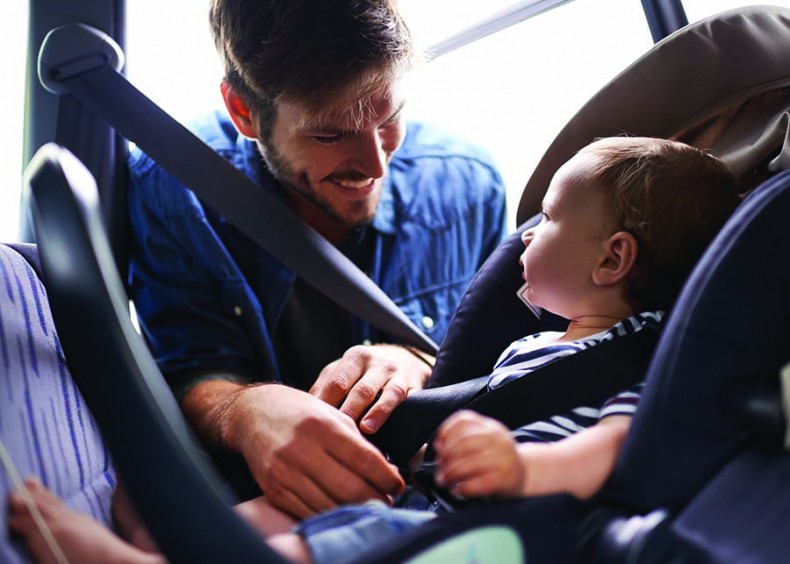Child Seat Safety
Have child car seats checked this month
By NHTSAHave child car seats checked this month
If you are a parent or caregiver, one of the best ways to protect your children is to place them in the right car seats for their age and size, install the seats correctly, and ensure that the car seats fit properly in the back seats of your vehicles.
Motor vehicle crashes are a leading killer of children 12 and younger. Nationally, from 2010 to 2014 an estimated 601,000 children were injured and 3,181 were killed while riding in cars, pickups, vans and SUVs.
In North Carolina, on average, more than 68,000 children from birth to age 15 are involved in vehicle crashes each year, according to a Child Passenger Safety Week proclamation signed by Gov. Pat McCrory in 2015.
Child Passenger Safety Week
Car seats are frequently misused. That’s why Child Passenger Safety Week, held Sunday through Saturday, September 18–24, is an important reminder for parents to use the right seats the right way. The week’s highlight is National Seat Check Saturday on September 24, when parents, guardians, and caregivers, along with their children or charges, can visit local child car seat inspection stations for free and have certified technicians teach them how to install their car seats correctly.
The technicians will also help determine if children are ready to move from one kind of seat to another or on to seat belts, and can show people how to register car seats in case of seat recalls. If you can’t make it to a station Saturday, you can still have your car seat examined at year-round child car seat inspection stations.
These visits are by appointment and usually free.
Expert Recommendations
The National Highway Traffic Safety Administration recommends children ride in the back seat until age 13. NHTSA’s other recommendations include:
Birth-12 months | A child under age 1 should always ride in a rear-facing car seat. There are various types. Infant-only seats can only be used rear-facing. Convertible and all-in-one seats typically have higher height and weight limits. They allow you to keep your child rear-facing in the back seat longer.
1-3 years | Keeping your child rear-facing as long as possible is the best way to keep him or her safe. A child should remain in a rear-facing car seat until he or she reaches the top height or weight limit allowed by the car seat’s manufacturer. Once the child outgrows the rear-facing car seat, your child is ready for a forward-facing car seat with a harness and tether.
4-7 years | Keep a child in a forward-facing car seat with a harness and tether until he or she reaches the top height or weight limit allowed by the seat’s manufacturer. Once the child outgrows the forward-facing car seat, it’s time for a booster seat (but still in the back seat).
8-12 years | Your child should remain in a booster seat until he or she is big enough to fit into a seat belt properly. The lap belt must lie snugly across the upper thighs, not the stomach. The shoulder belt should lie snugly across the shoulder and chest and not cross the neck or face.
Note: Safety recommendations vary, but for information about the North Carolina Child Passenger Safety law visit NC-ChildSeatLaw.
To locate stations in your area, visit buckleupnc.org, which also lists special events held during Child Passenger Safety Week.
-
Share this story:




